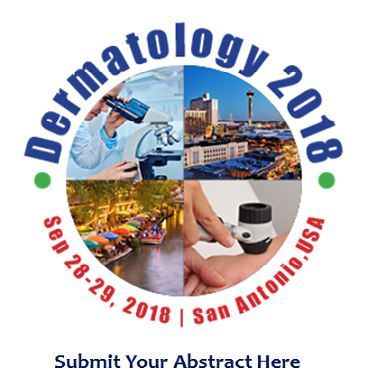Dr. Somil Singhal
Maharaja Agresen Medical University, India
Title: Lab with satellite control & bluetooth set up
Biography
Biography: Dr. Somil Singhal
Abstract
The World Health Organization (WHO) defines anemia as a hemoglobin <13 g/dl (hematocrit <39%) for adult males and <12 g/dl (hematocrit <36%) for adult non-pregnant females The most commonly encountered disorders with hypochromic anemia are iron deficiency anemia and beta thalassemia trait. Other disorders to consider includes anemia of chronic disease, lead toxicity and sideroblastic anemia Iron deficiency anaemia is the most common microcytic hypochromic anemia worldwide resulting from lack of sufficient iron to synthesize hemoglobin Iron deficiency anemia in adults is caused by loss of blood, while in childhood faulty diet is to blame. It is a severe stage of iron shortage in which hemoglobin (or haematocrit) falls below normal range . Affected individuals show RBC morphological change of microcytosis, hypochromia, anisocytosis and poikilocytosis Beta thalassemia trait (BTT) is an important differential diagnosis of iron deficiency anemia Thalassemia is one of the main autosomal recessive hereditary hemoglobinopathies established within the world population mainly in Mediterranean belt, Far eastern and South East Asian international locations.
Thalassemias are a collection of hemoglobinopathy due to genetic mutations of the hemoglobin (Hb) genes, ensuing in reduced production or total absence of 1 or more globin chains.
Thalassemia includes two main classes, alpha thalassemia and beta thalassemia by the way of their clinical manifestations and genetic background. Beta thalassemia is the most frequent type of thalassemia which may be categorised in addition into 3 forms: β thalassemia major , β thalassemia intermediate and β thalassemia minor / β thalassemia trait. In developing countries like india where resources are limited, thalassemia is a major health burden. Earlier studies have shown that the overall prevalence of β-thalassemia is 3–4 % with an estimate of around 8,000 to 10,000 new births with major disease each year. Affected individuals show increased RBC count with morphological change of microcytic hypochromic with no polychromasia and presence of target cells . In the Indian population where the incidence of the beta thalassemia gene is 3-15% depending on the region, it is important to detect the thalassemia carrier and offer genetic counseling and screening of the spouse to prevent the birth of children with beta thalassemia major .Anemia of chronic disorders is a type of anemia associated with a variety of chronic inflammatory, infectious or neoplastic disorders. There is decreased red cells survival, inadequate marrow response, impaired iron mobilization and iron uptake by erythroid cells . The affected individual show RBC morphological change of normocytic normochromic or microcytic hypochromic red cells and the reticulocyte count is decreased. The Sideroblastic Anemia is a refractory anemia with microcytic hypochromic red cells due to a defect in heme synthesis and the inability of mitochondria of developing red cells to incorporate iron into the heme molecule. There is a defect in heme synthesis and the iron transported to the mitochondria gets accumulated. The affected individual shows high degree of anemia with RBC morphological change of marked anisocytosis and poikilocytosis with appearance of microcytes, normocytic normochromic and target cells.Therefore, anemia is adults is a complex problem owing to variations in various haemaological parameters. A complete physical examination should be done in case of anemia as failure to respond to iron therapy means that the person has another cause of anemia. Hence, this neccessity need to take up the study on haematological profile of hypochromic anemia.

